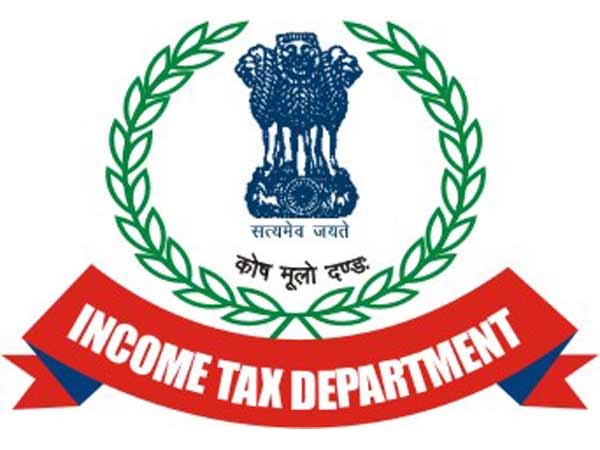The central bank can directly print money and finance the government, but it should avoid doing so unless there is absolutely no alternative, former RBI governor D
Subbarao on Wednesday said while pointing out that
India is ‘nowhere’ near such a scenario.
In an interview with PTI, Subbarao suggested that to deal with the second wave of COVID-19 induced slowdown in the economy, the government can consider Covid bonds as an option to raise borrowing, not in addition to budgeted borrowing, but as a part of that.
“It (RBI) can (print money) but, it should avoid doing so unless there is absolutely no alternative. For sure, there are times when monetisation – despite its costs – becomes inevitable such as when the government cannot finance its deficit at reasonable rates.
“We are nowhere near such a scenario,” he said.
India’s economy contracted by less-than-expected 7.3 per cent in the fiscal ended March 2021. For 2021-22, the deficit has been put at 6.8 per cent of the GDP, which will be further lowered to 4.5 per cent by 2025-26.
The Reserve Bank has lowered the country’s growth projection for the current financial year to 9.5 per cent from 10.5 per cent estimated earlier, amid the uncertainties created by the second wave of the coronavirus pandemic, while the World Bank on Tuesday projected India’s economy to grow at 8.3 per cent in 2021.
According to Subbarao, when people say the RBI should print money to finance the government’s deficit, they don’t realise that the central bank is printing money even now to finance the deficit, but it is doing so indirectly.
For example, he said, when the Reserve Bank of India buys bonds under its open market operations (OMOs) or buys dollars under its forex operations, it is printing money to pay for those purchases, and that money indirectly goes to finance the government’s borrowing.
“The important difference though is this when RBI is printing money as part of its liquidity operations, it is in the driver’s seat, deciding how much money to print and how to channel it into the system,” the former governor noted.
In contrast, Subbarao said, monetisation is seen as a way of financing the government’s fiscal deficit, with the quantum and timing of money to be printed being decided by the government’s borrowing requirement rather than the RBI’s monetary policy.
“That will be seen as RBI losing control over the money supply, which will erode the credibility of both the RBI and the government with costly macroeconomic implications,” he observed.
The RBI’s monetisation of fiscal deficit means the central bank printing currency for the government to take care of any emergency spending to bridge its fiscal deficit.
Asked whether a Covid bond is an option that the government can consider to raise some borrowing, the former RBI governor said, “It is something worth considering, not in addition to budgeted borrowing, but as a part of that”.
In other words, Subbarao said instead of borrowing in the market, the government could raise a part of its borrowing requirements by issuing Covid bonds to the public.
“Appropriately priced and structured, they can provide relief to savers who are short-changed by the low-interest rates on bank fixed deposits.
“Moreover, such Covid bonds will not add to the money supply and will not, therefore, interfere with RBI’s liquidity management,” he pointed out.
To a question on whether the RBI can generate more profits to help relieve the government’s fiscal stress, Subbarao said the central bank is not a commercial institution and profit-making is not one of its objectives.
According to Subbarao, in the course of its business, the RBI makes some profit and withholds a part of that to meet its expenditure and to build its reserves, and transfers the ‘surplus profit’ to the government.
“How much it can hold back for buffering its reserves is now prescribed by the Bimal Jalan Committee.
“The RBI should not do anything with the express intent of making profits,” he emphasised.
The RBI has transferred Rs 99,122 crore to the government as its surplus profit, nearly twice the budgeted amount.
Asked what else can the RBI do to help the economic recovery, Subbarao said since the pandemic hit us over a year ago, the RBI has acted briskly and innovatively.
“What the RBI can do going forward is what the Governor said in his recent policy statement which is to see that there is an ‘equitable distribution of liquidity, which is to say that the credit support must go to the most distressed sectors,” he noted.
To a question – can the RBI embrace even more unconventional policies, Subbarao said there are limits to what an emerging economy central bank like the RBI can do as compared to rich-country central banks like the Fed or the ECB.
“Developed economies have the policy room and the firepower to throw the kitchen sink at the problem. They borrow in hard currencies, which everyone craves.
“We do not enjoy those comforts. Moreover, markets are less forgiving of excesses by emerging market central banks,” he observed.








